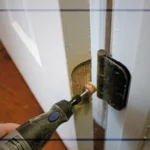Spar Urethane Vs. Polyurethane: An In-depth Comparison
Choosing the right finishes is crucial for the durability of the coating. Though the spar urethane and polyurethane, two great finishes, may seem almost similar, there are slight differences between them. Depending on those differences, you must choose the best fit for you.
Let’s see a spar urethane vs. polyurethane comparison. The former has higher oil amount, flexibility, sensitivity to chemicals, drying rate, and price than the latter one. Yet, the latter is relatively less flexible, more toxic, and has straightforward application methods.
In this article, we will talk about the key differences between these two varnish types. You will also know which one is better for you. Hence, let’s go through the article.
Table: Differences Between The Spar Urethane And Polyurethane
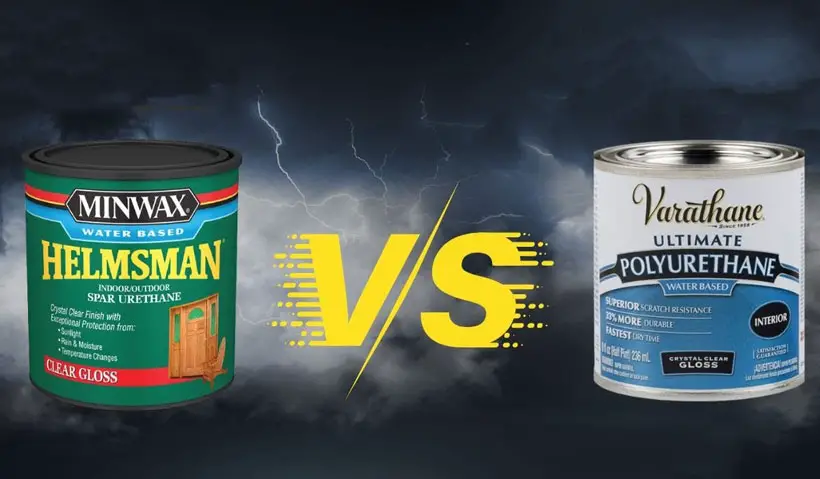
Let’s see some of the key differences between these two finish types:
| Comparison Aspects | Spar Urethane | Polyurethane |
|---|---|---|
| Amount Of Oil | Higher | Lower |
| Flexibility | More flexible | Relatively rigid |
| Durability | 5-15 years | 12-24 years |
| Toxicity Level | Less toxic | More toxic |
| Sensitivity Towards Chemicals | Chemicals like alcohol damage the surface coating | Can withstand the chemical and alcohol |
| Drying Time | Fast drying | Dries slowly |
| Ease Of Application | Tricky application | Relatively straightforward |
| Price | $40-$100 per gallon | $30-$70 per gallon |
| Applications | Primarily in outdoor applications | Primarily for indoor applications |
Spar Urethane Vs. Polyurethane: A Detailed Comparison
Generally, spar Urethane is a popular exterior varnish, whereas polyurethane is popular as an interior varnish. We already mentioned their key differences; now, let’s discuss those differences in detail:
Amount Of Oil
Generally, both of these finishes have almost similar ingredients. Yet, there will be differences in their oil content. Usually, the amount of oil in the spar finish is higher than the other one. This high oil content will make it easier to work with the spar urethane finish.
Flexibility
Generally, polyurethane is less flexible than spar urethane. As the outdoor wood surface will face explanation or contraction due to weather changes, polyurethane is unsuitable. The spar can withstand the expansion or contraction of the surface due to its flexibility.
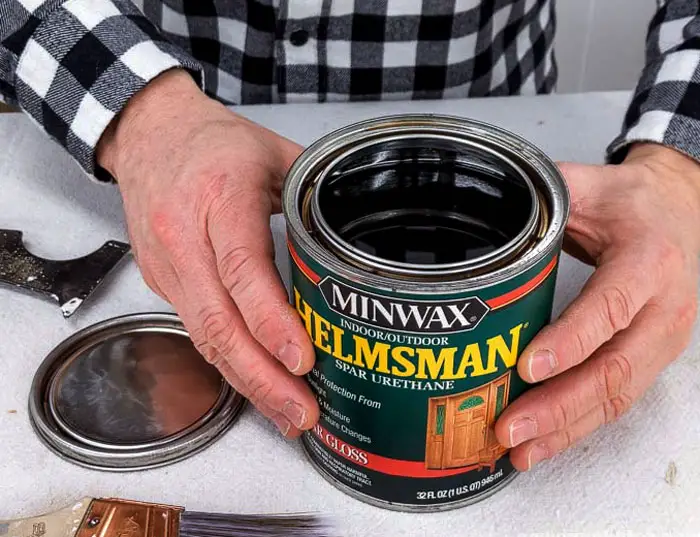
Moreover, when you apply these coatings, the polyurethane will dry pretty hard. That’s why it will be suitable for surfaces that encounter excessive traffic. For example, if you apply the spar varnish on the floor, due to its flexibility, it won’t be suitable for massive traffic.
Durability
The durability of these two coatings will depend on their suitability for application. Outdoor applications of spar urethane will last 5-15 years, whereas indoor polyurethane may last up to 12-24 years. But, polyurethane will get damaged soon if you use it on any outdoor surfaces.
Unlike the latter one, the spar varnish has UV blockers and will withstand harsh weather, temperature, and moisture. Generally, UV radiation will cause photodegradation in the former types. Eventually, this photodegradation will cause the loss of the protection layer and the durability of the coating.
Toxicity Level
Oil-based versions of both finishes will contain volatile organic compounds (VOCs). Thus, these will emit strong fumes when you apply them. Typically, the Polyurethane varnish will exert more hazardous VOCs like n-decane, isopropylbenzene, etc., while applying than the other one.
Generally, these VOCs are carcinogenic and irritate your eyes and skin. That’s why you must remain extra cautious while working with oil-based polyurethanes.
Though the water-based versions will emit fewer VOCs, still the spar urethane will emit less than the other one.
Sensitivity Towards Chemicals
The spar urethane is sensitive to chemicals and alcohol. This will get damaged if you use chemicals or alcohol to clean the surface coated with this finish. On the other hand, polyurethane is excellent in withstanding chemicals and alcohol.
Drying Time
The spar urethane will dry faster than the polyurethane. Generally, polyurethane may take around 24 hours to dry; thus, you must wait for this extended period to apply the second coat. On the other hand, the former will get dry within 4 hours.
Usually, this difference in drying time occurs due to the difference in their drying mechanism. The spar urethane uses an oxidation process for drying, and an ample amount of airflow will aid the drying time.
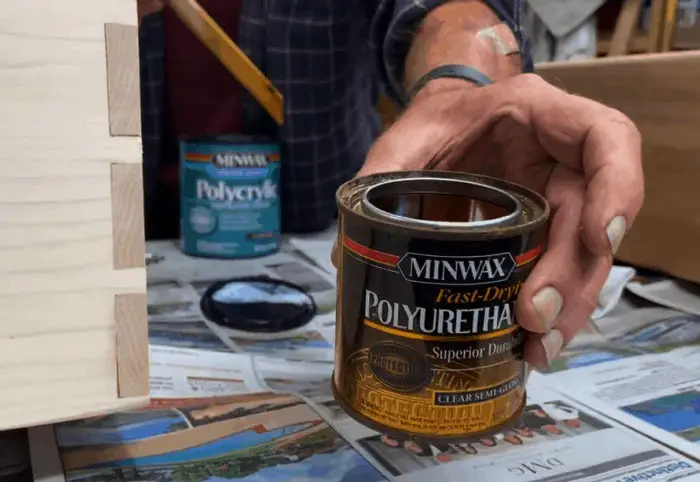
Yet, in the market, you will find fast-drying versions of these finishes. Generally, the fast-drying version of oil-based polyurethanes can dry within 4-6 hours. Also, the fast-drying version of both types of urethanes can get dried within 2 hours.
Thus, the older version of these two finishes has drying time differences. But the modern versions have pretty similar drying times.
Ease Of Application
Generally, you will get, brush, wipe on, or spray versions of these finishes. As the spar varnish has a thick consistency, apply it using a bristle brush. Yet, you can use both foam or bristle brush to apply the polyurethane.
As spar urethane will dry quickly, there are higher chances that you will leave brush strokes. Also, there will be less chance to correct those strokes. In this case, the latter type of finish is advantageous; you will get more time to remove the brushstrokes.
Moreover, if you use the wiping method to apply the spar finish, you must dilute it first. For this, mix 50 parts of the finish and 50 parts of mineral spirits.
But, as you dilute it, you may need to apply more coats to get the required coating characteristics. When applying polyurethane coating, you can causally use a rag to dip into the finish and wipe the rag on the required surface.
Furthermore, the spraying method is more acceptable for the poly ones. Because due to the thickness, it is a little hard to spray it over surfaces, and you need to dilute it first.
Price
Depending on the quality of these varnishes, the price may vary. Yet, in general, the spar urethane coating will cost more than the polyurethane.
Usually, you may need to spend around $40-$100 for 1 gallon of spar urethane. But, you will easily find polyurethane within $30-$70/1 gallon.
Applications
Spar urethane is primarily suitable for exterior wood surfaces, like window frames, doors, decks, and outdoor furniture. Its capability to withstand harsh weather and UV resistance makes it a popular option for outdoor applications.
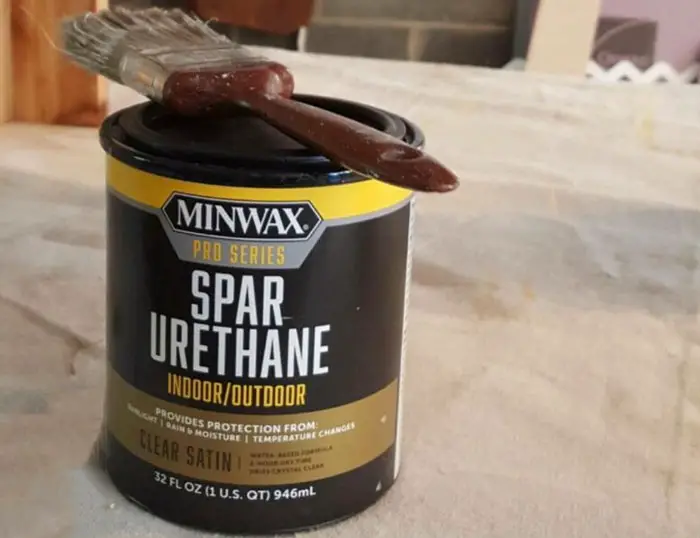
On the other hand, the polyurethane coating on exterior surfaces, which will fade away over time. Thus, you can use it for interior applications, including furniture, trim, cabinets, countertop tops, and trim.
Which One Is Better: The Spar Urethane Or Polyurethane?
When you are choosing between these two urethanes, always consider the specific requirements of your project. Here are some factors regarding this:
- Indoor Or Outdoor: When working on an outdoor wood surface, we suggest using spar urethane. You can also use this finish for indoor ones, but ensure it’s not exposed to excessive traffic or chemical cleaning.
But, the polyurethane will get damaged if you use it in outdoor furniture. In the case of indoor applications, in our opinion, the poly version serves better than the spar one.
- Variety Of Shines: When you are looking for more varieties in shine and gloss, you better choose polyurethane. Because spar urethane is primarily available in a satin or semi-gloss finish. Thus, this is preferable to give outdoor wood surfaces a more natural appearance.
Yet, you will find a broader range of sheen options in polyurethane. For example, semi-gloss to a high gloss, matte to satin; all will be available to give your furniture a different intensity of shine.
- Color Of The Surfaces: If the surface is light, you better choose polyurethane. More precisely, the water-based polyurethane will give a clear coating to your lighter color surfaces. The water-based spar urethane may not stay clear till the end.
Though oil-based versions of both coatings may become amber with time, the spar one has a more yellowish tint. That’s why it’s a better choice for darker color surfaces.
- Budget: If your budget is slightly low, choose the polyurethane coating. Yet, though the spar varnish costs more, it’s cost-efficient.
You can check this YouTube video to learn more about which one is better between the spar and polyurethane:
FAQs
In this FAQs section, we will answer several common questions about polyurethane and spar urethane:
How Many Coats Of Spar Urethane Do I Need To Apply?
Generally, you need to apply 2-3 coats of this coating on the exterior surface. For finished wood, two coats of this coating are enough. But, if the wood surface is unfinished, you must apply three coats of this costing.
Can I Apply Polyurethane Or Spar Urethane Over One Another?
You can apply spar urethane over polyurethane, but vice versa isn’t possible. Due to the lower oil ratio of the interior varnish, coating it over the exterior varnish won’t be effective. Yet, the exterior varnish will adhere excellently over the interior one.
Whether Oil-Based Or Water-Based Version Of These Coating Is Better?
Though oil-based ones create more enormous fumes and drying times, it’s more durable and has better shine. On the other hand, The water-based version of spar urethane will get dull over time, whereas the polyurethane version won’t.
Conclusion
Both of these finishes have unique characteristics, which we discussed in the spar urethane vs. polyurethane comparison. Both of these coatings will emit VOCs while applying, but the latter one is more toxic in this case. That’s why you must wear suitable protective glasses and gloves while applying this.
Which one you should choose will depend on your personal preferences and field of applications. Generally, for applying on outdoor and darker surfaces, we recommend spar urethane. But, polyurethane is preferable for indoor and more traffic areas.


